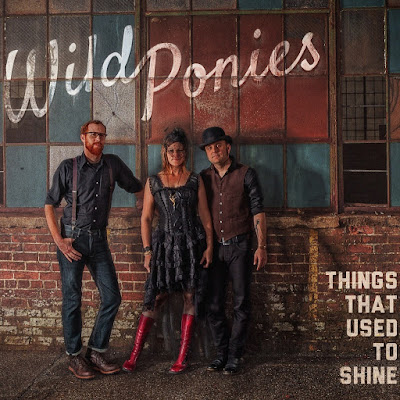This is the sequel to MISS PEREGRINE’S HOME FOR PECULIAR CHILDREN, and Riggs continues to use strange and unusual photographs to illustrate and drive the plot. The safe loop of Miss Peregrine and her charges has been destroyed, Miss Peregrine has been turned into a bird, and the surviving children desperately seek another safe loop where they can take refuge and find someone who can turn Miss Peregrine back into a woman. The peculiar children are chased by their mortal enemies, the wights and hollowgasts, and faced with almost insurmountable obstacles at every turn. The characters are well-drawn, the plot continues to be fast paced and, when you finish reading this book, you're going to have to pick up book 3 immediately because book 2 leaves you hanging.
SHOPAHOLIC TIES THE KNOT, by Sophie Kinsella. (New York: Bantam/Dell, 2003)
I don’t know how the children who read HOLLOW CITY feel after they finish the book, but I went to my book case looking for something humorous and so light, it would float off the shelf to me. I found it with Sophie Kinsella and read it in one sitting. Becky Bloomwood is an outrageous heroine who, more than most brides, must juggle competing family expectations. Somehow, with incredible chutzpah, she manages to keep everyone happy.
THE GIFTS OF IMPERFECTION: LET GO OF WHO
YOU THINK YOU’RE SUPPOSED TO BE AND EMBRACE WHO YOU ARE, by Brene’ Brown. (Center City, MN: Hazelton, 2010)
This book was in a stash of books a
friend donated to the Little Free Library, and I snatched it to read
first. While I was familiar with Brown,
I've never read one of her books. Brown,
a research professor at the University of Houston Graduate College of Social
Work, studies people who live life “wholeheartedly” in this book written for the
nonacademic audience. She defines
wholehearted living as “engaging in our lives from a place of worthiness.” Over
the course of eight years, she interviews over 1,000 people and collects 10,000
stories. She then analyzes the stories
for commonalities and comes up with ten guideposts to help individuals move
toward wholehearted living. Her ten
guideposts are helpful constructs, and examples include #1 Cultivating
Authenticity: Letting Go of What People Think; #4 Cultivating Gratitude and
Joy: Letting Go of Scarcity and Fear of the Dark; #5 Cultivating Intuition and Trusting Faith:
Letting Go of the Need for Certainty; and #6 Cultivating Creativity: Letting Go
of Comparison. Her research perspective
is called “Grounded Theory,” a form of qualitative research methodology. I
enjoyed the book and may have to hang onto it for a while longer to absorb it
all.
A KILLER COLLECTION, by J. B. Stanley.
(New York: Berkley Prime Crime, 2006)
This is a mildly
interesting cozy mystery, with characters that aren’t that well-defined, but I
persevered and got caught up in the milieu of the Carolina Pottery world near
Seagrove, North Carolina. In the book, a
pottery collector is killed and no one seems unduly sad about it, but, in the
end, the killer is brought to justice. The
reader learns more about pottery than necessary for the plot of the mystery. A KILLER COLLECTION is the first book in the “Collectible
Mystery” series. I became curious about
the author and discovered this book appears to be her first published mystery,
and when this book and others in the series were published in an e-series, they
were revised and she used another nom de plume.
Stanley now writes multiple series under different names: J. B. Stanley
(2 series); Jennifer Stanley (1 series); Ellery Adams (3 series); and she is
half of the writing team, Lucy Arlington (1 series). Obviously, Stanley is a hard-working author
whose works others enjoy.
MURDER IN THE WHITE HOUSE, by Margaret Truman (New York: Fawcett Popular Library, 1980)
A friend recently gave me all of Truman’s mysteries. This is the first one Truman wrote. Robert Lang Webster is President. He, his wife Catherine, and adult daughter Lynne occupy the White House residence. Ron Fairbanks is Special Counsel to the President. When the President’s long- time family friend and Secretary of State is murdered one night on the second floor of the White House, the President asks his Special Counsel to head the team, working with the FBI and Secret Service, to find the murderer. The problem is only a few people had access to this floor, and they are all family members or close associates of the President, so Fairbanks must tread carefully but work quickly. Although there are elements of the plot that don’t seem feasible to me, plot twists and a surprise ending keep the reader interested.
A sixth book I read in January will get a separate post, and I have a couple more books that are partially read, so stay tuned. What did you read to start off your year?









